MIDI sucks, so why do we put up with it?
MIDI – Musical Instrument Digital Interface. What an awesome invention. A protocol that allowed different digital instruments to exchange information and control each other. The genius was that it could do so much down a single cable. Up until that point we were using analogue control voltages which could do one thing with one cable. With MIDI you could send note information with gate, velocity, aftertouch, modulation, control, clock, over each of 16 channels. You no longer needed big synths with lots of controls, you could control all your synths from one keyboard and one set of controls.
MIDI
So what’s the problem? Well, there’s not a problem as such, it’s actually really rather good. But it’s always had its limitations. It’s a serial protocol meaning that it does one thing at a time, in a line one after another – which is fine up to a point. But once you start chaining multiple MIDI Thru off a single interface it can become a bit slow and timing tends to suffer. It can only move data in a single direction, there’s no two-way communication. You can’t send a request for information, it has to be started at one end and set to receive at another. Polyphony can be troublesome in that any controller data sent affects all notes being played – the sounds being generated are not treated individually.
There’s a fabulous article from the April 1986 edition of Sound On Sound magazine by a guy called Chris Jordan on everything that’s wrong with MIDI and what developments are required to advance the technology. MIDI was only 3 years old at this point. One fascinating observation he makes is that with the introduction of sampling it would take 38 seconds to transfer a single 64k 12bit sample over MIDI – because data transfer was one of MIDIs revolutionary uses. He also moans about poor implementation in the actual hardware; this continues to be a bit of an issue today. None of the developments he expected to see, such as super-fast speeds, two-way communication, and poly-timbrality have come about even 35 years later.
Other limitations come through the design of MIDI being digital and keyboard based. The designers probably didn’t envisage guitars or other instruments wanting to get in on the act. Envelope tracking and pitch detection has, in my experience, been rather hit and miss. Guitar MIDI pickups work well, but not brilliantly. Pitch-to-MIDI technology has come on amazingly but it can still be annoying to work with. Its keyboard centric implementation can be very limiting.
Then finally we get into the argument over whether 128 values is enough to represent the constantly varying values of modulation data and pitch bend. Is 128 values enough to accurately describe a knob or fader position? A patch cable carrying CV may only be able to plug into one thing but the values it carries are endless. And that’s the tension between digital and analogue – between quantised accuracy and “feel”.
Alternatives?
There’ve been a few recent advancements that, for me, have thrown the inadequacies of MIDI into a stronger light. The first is OSC. OSC is a similar communication protocol to MIDI, but has much higher resolution, works over a network in both directions and can send messages simultaneously. The revelation came when I first used Touch OSC on an iPad with Ableton Live. The two connected up and instantly Touch OSC pulled in all the information about clips, tracks, effects and parameters and presented it to me. There was no MIDI mapping to be done or working out what controlled which, it was all there. The difference is demonstrated nicely in Yeco, a touch interface for Ableton Live where it gives you a MIDI controller page, filled with knobs and sliders which you can map to things manually, but they are always dumb, they tell you nothing. Whereas on the OSC-based devices page it pulls in all the names and controls of whatever Live has available. OSC is fabulous.
Next is MPE – multi-dimensional polyphony expression. This is essentially a MIDI hack that solves the problem of applying control to individual voices in a polyphonic instrument. Chris Jordan alludes to this back in 1986 as “Mode 4”. MPE was put together by Roger Linn, ROLI, Apple, Moog, Haken Audio, Bitwig and others to get around the single channel limitation. MPE works by routing different voices down different MIDI channels allowing them to use pitch bend and controller data individually. So you can play a chord and pitch bend one note, open the filter on another on the same controller.
The other technology is Ableton Link. This is a natty bit of technology that allows various devices to sync tempo over a wireless or wired network. Normally with MIDI you need a Master clock and slaves but with Ableton Link any of the devices can take over the tempo and the rest will follow. No cables, no settings, just turn it on and it works.
MIDI 2.0
So what about MIDI 2.0 or “HD MIDI”? It’s been talked about for so long that I’m not sure anyone really believes it will actually happen. The original MIDI spec seemed to happen at a particular time that was ready for it. It was free to use, it was cheap to build, it was open to all manufacturers to implement it. Anything like that seems so unlikely these days as patents and technology are so closely guarded. Something has to be adopted by a large manufacturer to push it into existence. I think the reason why it’s becoming an issue again is that hardware is regaining its dominance. After a decade or two everything being inside the box it’s all spilling out again and we’re looking to MIDI for control and finding it a bit mediocre.
The rise of modular and control voltage could be because people are rediscovering how good it feels – and actually doing one thing brilliantly with one cable has a lot of merit. But there’s no sense of it all going external, or flip-flopping back to purely analogue – we want both hardware and software, analogue and digital, running in harmony. We want everything to be able to talk to each other seamlessly and creatively. I don’t believe MIDI is really up to that task anymore. Maybe we’ll have to cope with a hotchpotch of MIDI and OSC and MPE and MIDI-to-CV, DAW to DC Coupled interface and networked sync. Or maybe someone could come up with a protocol that’ll do it all with no cables and no setup.
So does MIDI really suck? OK, that may have been a bit harsh. But it blows, just a little bit.
9 responses to “MIDI sucks, so why do we put up with it?”

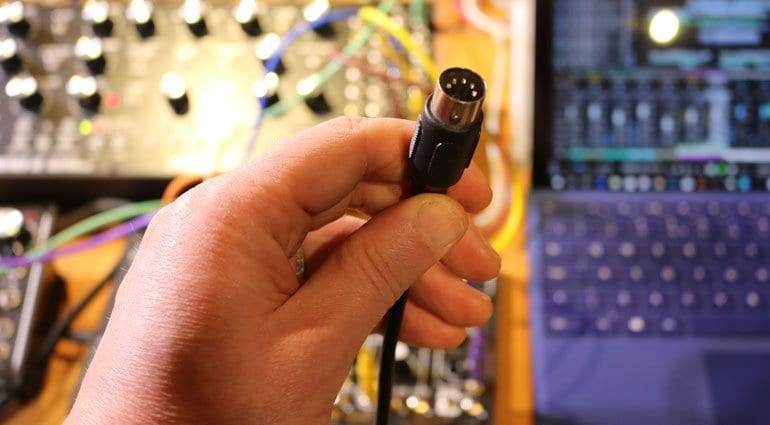

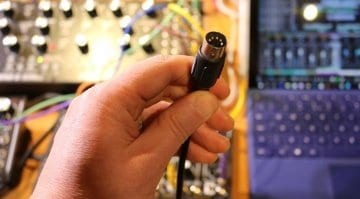

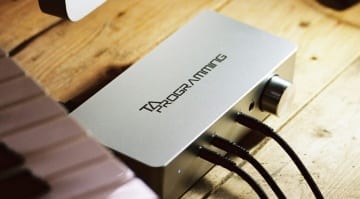
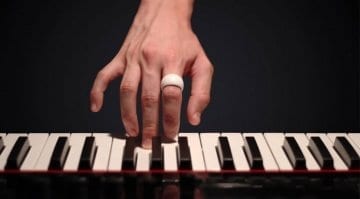
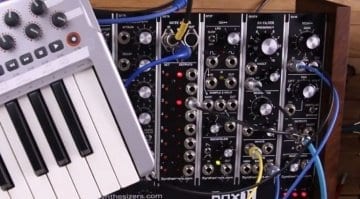
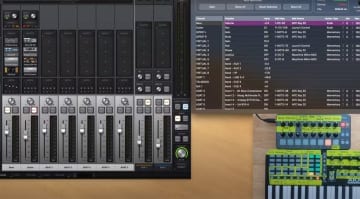
pitch bend is 14 bit, not 7 bit – so it has a value range of 16384, not 128
Correct. However more than 128 values in 7 bit would be fantastic.
This non-story sounds a bit like Millenial whining to me.
I’ve been using MIDI for over 30 years in all of its various flavors and have not suffered any of the timing issues mentioned in the story; the trick is to not daisy-chain anything, which is a “duh.”
The complaint I have is that manufacturers keep releasing controllers with incomplete MIDI spec, as such you cannot change the MIDI channel or port said controller is broadcasting on (Novation and Akai, I’m looking at you).
If you come up with a better protocol, it had better be freakin’ bulletproof to even be considered as competition for MIDI, let alone the idea of replacing it. Otherwise, don’t knock it; spend some time to learn how to use it properly.
HR-MIDI is a modest draft proposal to keep all the best bits of MIDI, but add more resolution, more controllers, more channels and allow per-note pitch-bend (for MIDI Guitars, Wind Instruments and the new breed of “squishy” keyboards)…
http://synthedit.com/hr-midi/
Sounds great – let’s do that!
Rubbish article by a person who can’t be bothered learning how to use midi properly.
I thank you for your kind words. You might find some of the content from last years Audio Developers Conference concerning MIDI HD interesting – https://www.gearnews.com/midi-getting-upgrade-adc-pushes-midi-hd/ – would you not like to see MIDI improved and taken forward?
Why is MIDI so broken on so many platforms? Hook up a keyboard to Windows, and it might recognize it if you’re lucky. Try a different machine, and it doesn’t work. Try 5 Android devices, and maybe one works. Try various software packages, and some won’t see the MIDI device. I haven’t tried Apple. Maybe it’s much better.
MIDI’s one-way communication restricts its ability to facilitate real-time interactions between devices. Unlike modern communication protocols, MIDI cannot handle two-way data exchange, making it challenging to retrieve information or dynamically control parameters from a remote device.
You are currently viewing a placeholder content from Facebook. To access the actual content, click the button below. Please note that doing so will share data with third-party providers.
More InformationYou are currently viewing a placeholder content from Instagram. To access the actual content, click the button below. Please note that doing so will share data with third-party providers.
More InformationYou are currently viewing a placeholder content from X. To access the actual content, click the button below. Please note that doing so will share data with third-party providers.
More Information